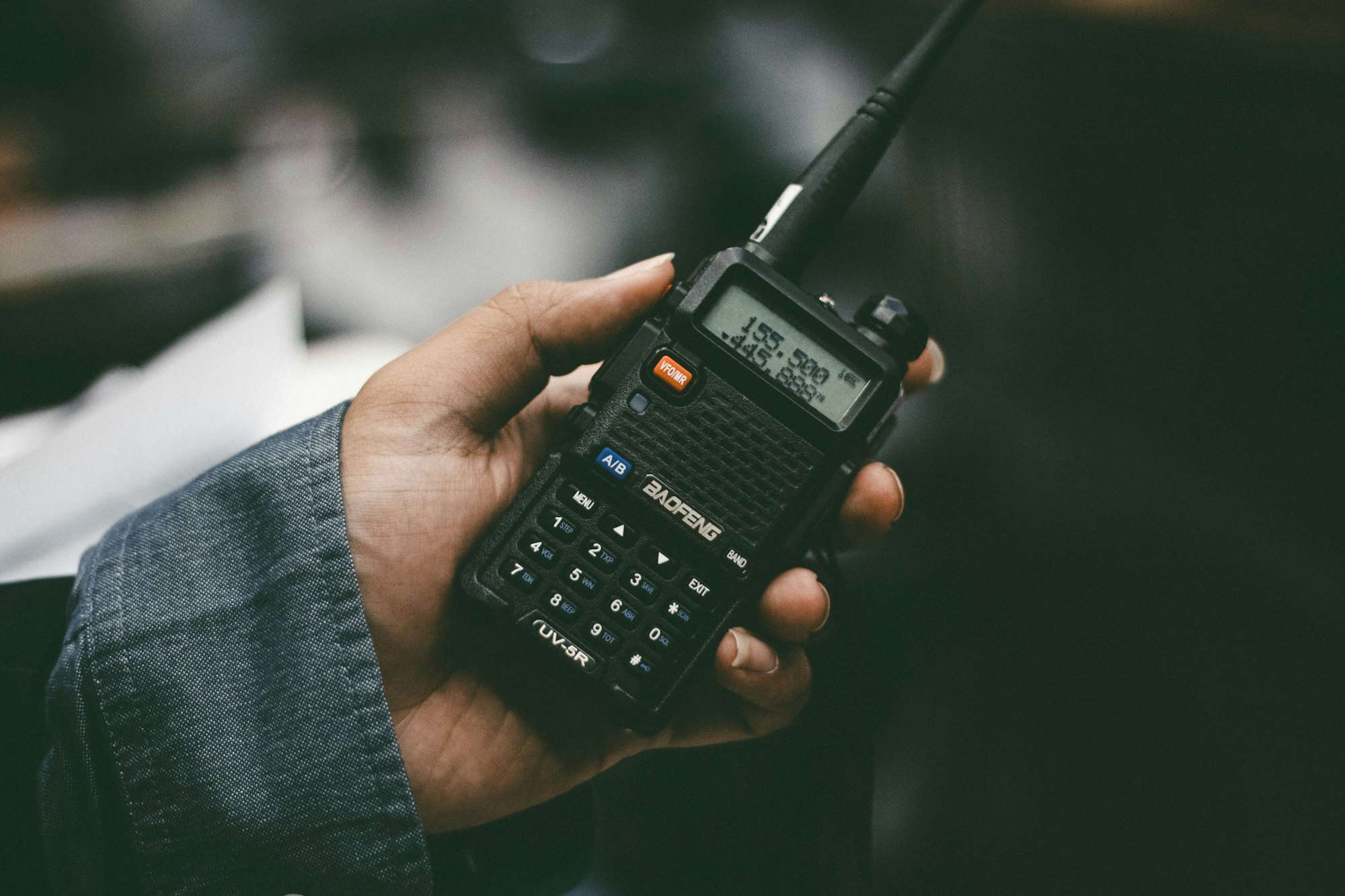Natural disasters can be devastating, causing destruction and loss of life. However, technology has the potential to help us prepare for, respond to, and recover from such events. In this blog post, we will explore the top 10 types of technology that can assist us in the event of a natural disaster like an earthquake. From wearable devices to remote monitoring systems, these technologies can save lives and help communities rebuild after a tragedy. Read on to find out more about how technology can help us during a natural disaster.
Cell Phones
Cell phones are one of the most essential pieces of technology for anyone in the event of a natural disaster. They are a great way to communicate with family, friends, and first responders. Additionally, cell phones can be used to quickly access emergency services, get up-to-date information about the event, and even activate other technology, such as GPS tracking devices.
It’s important to have an external power source in case your cell phone’s battery runs out during a natural disaster. Solar power banks are a great option because they can charge multiple devices at once and don’t need to be plugged into an electrical outlet. Additionally, it’s a good idea to download applications that can provide emergency updates and track the location of friends and family members.
Tablets
Tablets are a great piece of technology that can be invaluable in a natural disaster. They offer both portability and powerful features. They are easy to carry around and many have long battery life, allowing you to stay connected and stay informed even when power is unavailable. Tablets also have access to a variety of applications and services that can be helpful in an emergency situation, such as weather apps, mapping services, and communication platforms. Additionally, most tablets feature an in-built camera that can come in handy in times of need. This could be used to take pictures or videos of the damage caused by the disaster, or even to document your journey. In short, tablets can provide a lot of useful features that can help you during a natural disaster.
Laptops
For those looking to stay connected and informed during a natural disaster, laptops are essential. Laptops are a reliable way to get in touch with family, friends, and community members, as well as keeping up with news updates and other important information. Having a laptop in the event of an emergency can provide the necessary resources to make important decisions. Not only can laptops be used for communication purposes, but they also allow users to download or access important documents or files from the internet when needed. Additionally, laptops are capable of running programs such as mapping software that can help during a natural disaster. It is important to ensure that your laptop is fully charged in advance of a natural disaster, as well as having a portable charger handy if electricity isn’t available.
Solar Power Banks
Solar power banks are a great way to keep your electronics charged during a natural disaster. A solar power bank is a device that stores energy from the sun, and can then be used to charge devices like phones, tablets, and laptops. They are typically lightweight and portable, making them ideal for use during an emergency situation when you might not have access to traditional electricity sources. Solar power banks come in a variety of sizes and battery capacities, so you can choose the one that best suits your needs. They are also relatively affordable and easy to use, making them a great choice for anyone looking for a reliable and efficient power source during a natural disaster.
LED Lanterns
LED lanterns are one of the most helpful pieces of technology that can support us during a natural disaster. LED lanterns offer a steady and long-lasting source of light that can be used to illuminate dark areas, even if there is a power outage. These lanterns come in many shapes, sizes and functions. Some lanterns offer multiple modes of light that can switch between different brightness levels and colors. LED lanterns can also provide warmth, depending on the type and model. LED lanterns are battery operated, so they are easy to bring with you on the go and store without taking up much space. When purchasing a LED lantern for emergency use, look for one that has a long battery life and a durable body that can withstand harsh conditions.
Battery Operated Clothes Steamer
When a natural disaster strikes, the last thing you want to worry about is wrinkled clothing. A battery operated clothes steamer can help you keep your wardrobe looking great even in the midst of chaos. This type of steamer runs on battery power and is lightweight and portable, making it easy to carry with you wherever you go. This device is also easy to use, allowing you to quickly steam away wrinkles without having to plug into an outlet. With a battery operated clothes steamer, you can keep your clothing looking crisp and neat, even in a disaster situation.
Battery Operated Fans
Battery operated fans are an essential piece of technology to have in the event of a natural disaster, especially if you don’t have access to electricity. They’re compact, light weight and efficient. Battery operated fans can help provide relief from heat when air conditioning is not available, and they can also be used to circulate air to help keep cool. Many battery operated fans come with adjustable speeds and are powered by either rechargeable or disposable batteries, giving you the ability to use them over long periods of time without having to worry about running out of power. They’re also quiet enough that you won’t disturb your neighbors. Investing in a battery operated fan is a great way to stay cool during a natural disaster.
Walkie Talkies
Walkie talkies are an important piece of technology for anyone living in a region prone to natural disasters. They can help keep communication channels open between people in the same area, and even those in different locations. Walkie talkies are two-way radio devices that allow users to communicate over short distances without the need for a cell phone network. They provide reliable, secure communication when other networks are down or unreliable, making them essential in times of disaster.
Walkie talkies are portable and easy to use, requiring no setup. They come in both handheld and body-worn designs and can be used either indoors or outdoors. Many models come with a wide range of features, such as noise cancelling, privacy codes, and an array of communication channels. Some models even offer digital voice and text messaging capabilities.
For those living in an area prone to natural disasters, walkie talkies can be a valuable asset. In an emergency situation, they can help keep people connected and informed. They can also provide an important link to emergency services, allowing for quicker response times and potentially saving lives.
Emergency Radio
An emergency radio is a great tool to have during a natural disaster. It will allow you to receive information and news about the disaster, helping you to stay informed of the situation. Emergency radios can be powered with batteries or solar energy, and they can also receive AM/FM signals and shortwave signals. Many of these radios come with multiple features, such as flashlight and USB charging ports. Some of the more advanced models even offer NOAA weather alert options, which can provide important information such as flash flood warnings or evacuation notices. Having an emergency radio on hand can be a great asset in any disaster situation.
GPS Tracker
GPS trackers are an essential tool when it comes to natural disasters. During an earthquake or other major disaster, it can be difficult to locate loved ones who may have been affected. With a GPS tracker, you can locate people in your vicinity, or even those located hundreds of miles away.
GPS trackers are small, handheld devices that are equipped with a Global Positioning System (GPS) chip. They allow the user to know the exact location of another person or object at any given time. For example, if someone were stuck in a collapsed building, you would be able to see where they were and come to their rescue.
In addition to providing peace of mind, GPS trackers can also be used to monitor the movement of goods, such as supplies or equipment, during a disaster. This can help ensure that vital resources reach those who need them most.
Overall, GPS trackers can provide invaluable assistance during a natural disaster. They enable us to keep track of our loved ones, provide real-time updates on the movement of resources, and ultimately help save lives.

